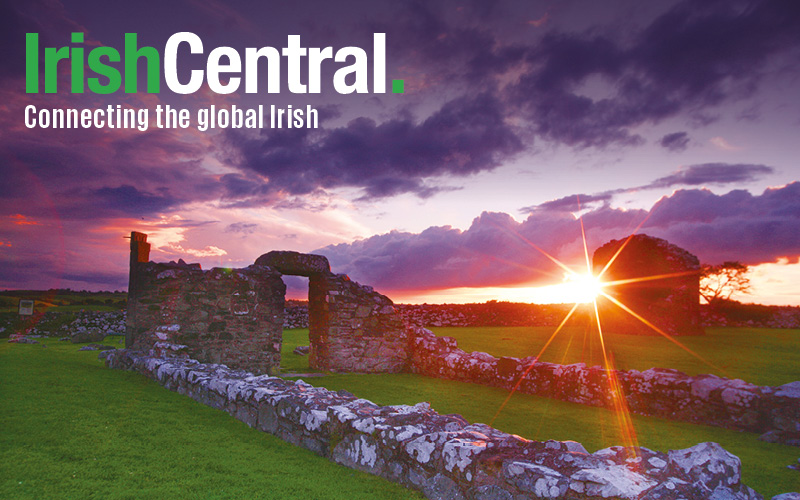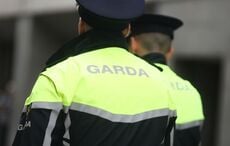When the G8 world leaders fly into Northern Ireland for their major summit there on June 17, they will see a vista of progress that has been created to deceive them.
According to Ireland’s national broadcaster, RTE, local councils have hired workers to paint fake shop fronts stocked with attractive but illusory produce.
They have also been contracted to cover derelict buildings with colorful billboards, the better to hide the real economic hardship being felt in towns and villages close to the five star golf resort where G8 leaders will meet this month.
Critics have called the move a Potemkin village charade, named after the fake village created by Russian minister Grigory Potemkin to fool Empress Catherine II about the state of locality during her visit to Crimea in 1787.
Northern Ireland's government has spent reportedly $3 million tackling dereliction over the past two years, the environment department said, which led to some buildings being demolished whilst others have been given a facelift in a bid to take the look off increasingly derelict shopping streets.
There's no question where most of the money has been directed. Almost a quarter of so-called dereliction funds were supplied to local councillors in the hard hit County Fermanagh region in anticipation of Britain hosting the annual G8 summit there on 17-18 June.
In the one-street town of Belcoo, the changes haven't just been cosmetic. A grand deception has been crafted to fool the eye of any passing stranger. At a former well known butcher's shop, colored stickers applied to the windows show a packed meat counter and suggest that business is booming.
Across the street another empty shop has been set up to look like a supply store. From the window of a speeding limousine it's sure to make a favorable impression. But the locals aren't so generous in their take.
"The shop fronts are cosmetic surgery for serious wounds. They are looking after the banks instead of saving good businesses," Kevin Maguire, 62, an unemployed man who has lived all his life in Belcoo, told RTE.
"Where would you see a shop front in Northern Ireland like this anyway? It's more like something you'd find in Belgravia or Chelsea," he said, referring to the London boroughs.
It's not the first time Northern Ireland has indulged in deceptive window dressing to mask the challenges beneath. Last year a series of eye-catching shop fronts appeared along the main route from Belfast city centre to the grand Stormont parliament building. They were designed to hide the derelict stores that they only temporarily covered.
"Northern Ireland is in the international spotlight so it is entirely right that we should portray it in the best light possible," Northern Ireland Environment Minister Alex Attwood said in a statement. He did not add that it was entirely right to make up a thriving economy that existed only in pictures, however.
"We should do everything we can to make these areas as attractive for residents, tourists and consumers. If we want tourists to visit and stay longer tackling major eyesores and dereliction will certainly help."
An annual grant from the UK government accounts for about half of all public sector spending in Northern Ireland, which has nevertheless been hit hard by the global downturn.
In a cruel twist of economic fate that underscores the Potemkin village aspect of the forthcoming summit, the luxury five-star hotel where G8 leaders will meet in two weeks' time has been in receivership since 2011.
Meanwhile in Belcoo, locals are speculating on what will happen to the new shop fronts once Barack Obama, Angela Merkel and other world leaders have left the picture.
"In six months' time how are these shops going to look?" Jim Leonard, a 50-year-old unemployed bricklayer, asked RTE. "They'll just be pieces of paper blowing around the ground."




Comments